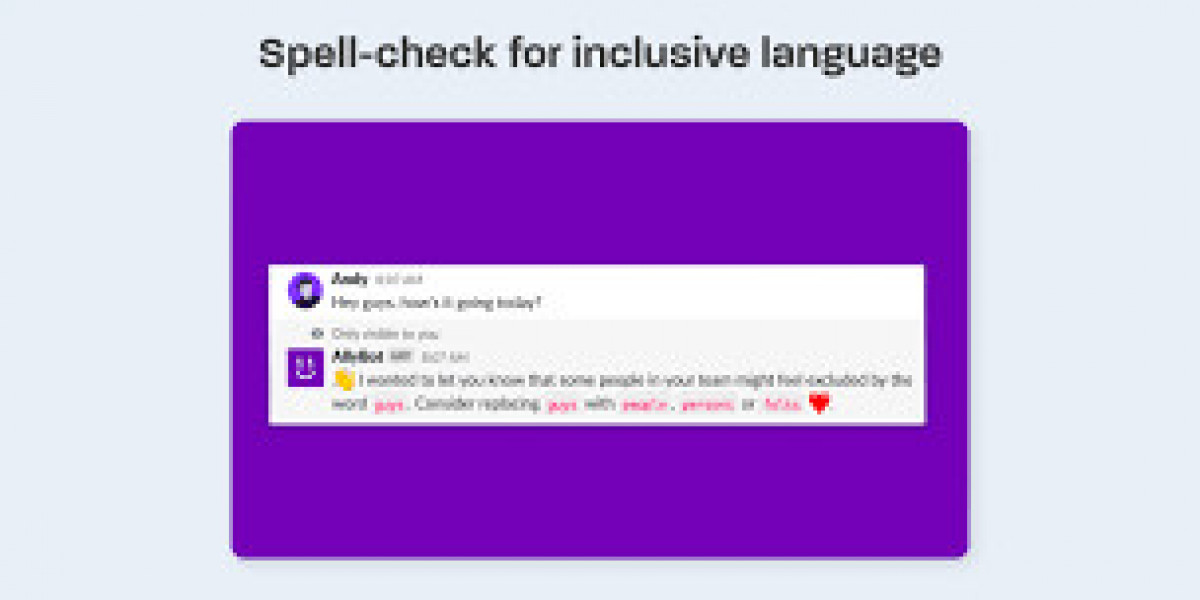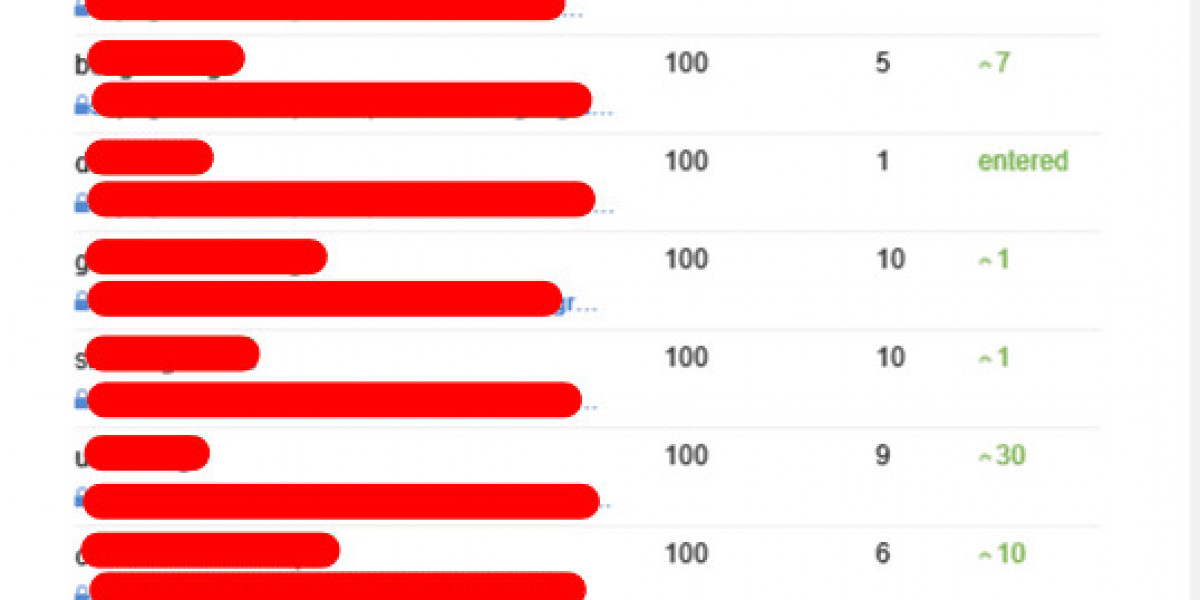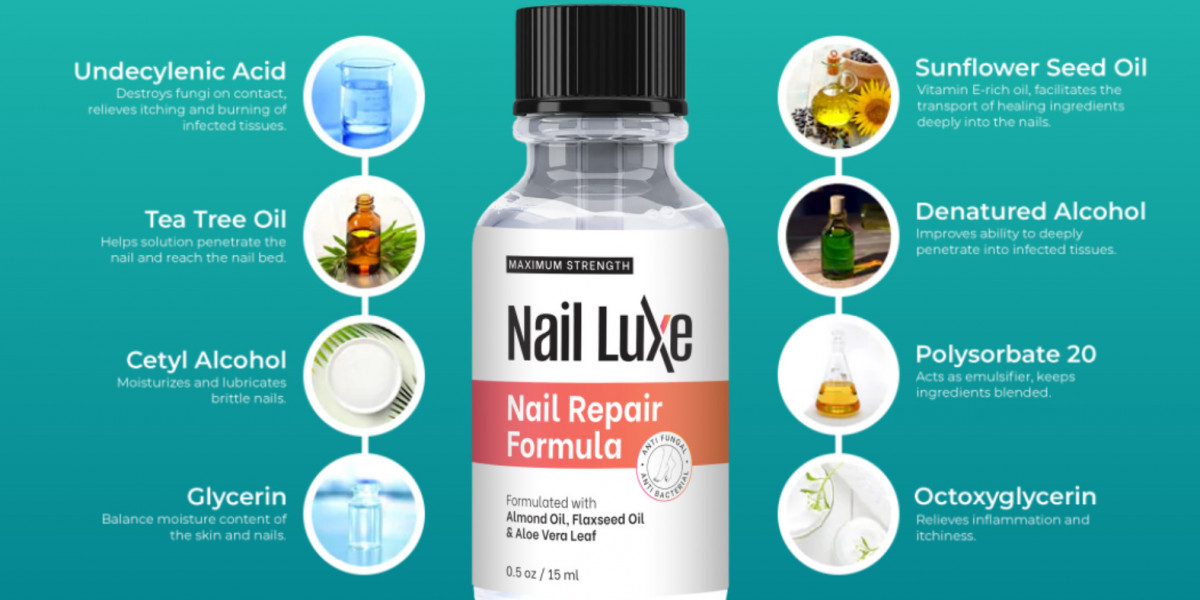Promoting diversity, equity, and inclusion (DEI) is not just a noble goal—it’s a business imperative. Companies that prioritize inclusivity experience better employee satisfaction, improved retention, and even higher profitability. But fostering a truly inclusive workplace takes more than just policies—it requires consistent, conscious efforts in daily interactions.
That’s where AI-powered tools, especially those integrated with platforms like Slack, can make a big difference. These smart assistants help teams become more mindful, recognize unconscious biases, and use language that reflects respect and equity. We’ll dive into the top activities to promote inclusion in the workplace using AI tools for Slack, and how you can make meaningful cultural shifts with just a few clicks.
Why Slack is a Powerful Platform for Inclusion
Slack has become the beating heart of modern teams. From quick updates to deep project collaboration, it's where conversations—and culture—happen in real-time. But Slack isn't just a productivity tool; it can be a platform for positive change. With the help of AI, it can identify and reduce microaggressions, encourage inclusive language, and ensure that no team member is left out of the loop.
AI tools for Slack are growing smarter, more empathetic, and easier to integrate. From bots that gently nudge users toward more inclusive terms to those that provide training, reminders, and anonymous feedback, these tools can create a more aware and equitable workplace culture.
Let’s explore some of the top activities and AI tools that can help your team become more inclusive—starting right in your Slack workspace.
1. Inclusive Language Nudges
Inclusive language is the foundation of respectful communication. AI tools like Allybot provide real-time nudges in Slack whenever language that might be non-inclusive or biased is detected. For example, if someone uses a gendered term like "guys" to refer to a mixed group, Allybot can suggest alternatives like "everyone" or "team."
This activity not only creates immediate awareness but also reinforces inclusive habits over time. Language shapes thought—and by encouraging more thoughtful phrasing, teams become more conscious of the impact of their words.
2. Weekly Inclusion Challenges
Engagement is key to lasting change. One effective activity is to set up weekly inclusion challenges using a Slack bot or reminder tool. For instance, the bot might prompt users with a challenge like, “Use someone’s correct pronouns in a message and let them know you see them.”
These challenges can be designed around real-world scenarios, allyship tips, or historical facts about underrepresented groups. Team members can post responses or reflections in a dedicated Slack channel, creating an open dialogue about inclusion.
3. Daily Microlearning with AI-Driven Prompts
AI tools can curate and deliver bite-sized content about inclusive practices. These prompts—ranging from facts and scenarios to short videos or articles—can appear in Slack daily or weekly.
For example, a Monday morning prompt might be: “Today’s Inclusion Tip: Instead of assuming someone’s background or religion, try asking open-ended questions that allow them to share if they choose.” These microlearning moments help reinforce continuous education without overwhelming your team.
Tools like Emtrain or LifeLabs Learning offer Slack integrations that support this type of engagement, making it easy to incorporate DEI learning into the flow of work.
4. Anonymous Feedback Channels
Sometimes, fostering inclusion means listening better. Creating an anonymous Slack channel—enabled by AI or moderation bots—allows employees to share feedback without fear of judgment or retaliation.
This activity encourages transparency and lets marginalized voices be heard. AI moderation tools ensure conversations stay respectful, while management gains insight into areas for improvement. Feedback can then be turned into action items and acknowledged publicly, reinforcing a cycle of trust.
5. Sentiment Analysis for Team Wellness
AI-powered Slack tools like CultureBot or Kona can analyze the tone and sentiment of Slack messages (while maintaining privacy) to give managers insight into team morale and engagement.
If certain team members are becoming disengaged or if negative sentiment is on the rise, it could be a sign that inclusion isn’t being felt equally. This activity—checking team sentiment—isn’t just a metric. It’s an opportunity to proactively reach out, offer support, and foster a more inclusive environment before issues escalate.
6. Inclusive Event Planning with AI Assistance
Planning company events? Slack bots can help suggest inclusive holiday celebrations, dietary considerations, and accessibility needs. An AI assistant might remind event planners to consider cultural holidays from different communities, or offer suggestions to make virtual events more engaging for neurodiverse participants.
This AI-driven planning doesn’t replace human empathy, but it does help surface considerations that are often unintentionally overlooked.
7. Recognition Programs for Inclusive Behavior
Recognition is a powerful motivator. Create a Slack-integrated recognition program where team members can nominate colleagues for inclusive behaviors—like helping someone feel heard in a meeting or challenging a biased comment with respect.
AI tools can help automate the nomination and voting process, track who receives shoutouts most often, and ensure a fair system. You can even highlight a monthly "Inclusion Champion" in a public channel.
This type of activity reinforces the behavior you want to see more of and lets everyone feel appreciated for their efforts to build a better culture.
How These Tools Reinforce Long-Term Inclusion
These activities to promote inclusion in the workplace do more than just tick a diversity box. When embedded into daily workflows, they change mindsets, strengthen relationships, and create a shared sense of responsibility. Slack’s real-time nature makes it a perfect ecosystem for these tools to thrive—because inclusion is not a one-time workshop; it’s an ongoing practice.
The beauty of AI-powered Slack tools lies in their subtlety. They don’t shame or punish—they coach, guide, and empower. They help us unlearn outdated habits and learn better ones, in the context of our daily work. And when used with intention, these tools can transform company culture from the inside out.
Ready to Build a More Inclusive Workplace?
If you're looking to boost these activities to promote inclusion in the workplace, start with your language—the foundation of all connection. That’s where Allybot comes in.
Allybot promotes inclusive language on Slack by providing real-time nudges and suggestions. It helps teams become better allies by gently reminding them of unconscious bias, suggesting inclusive terms, and sparking micro-moments of learning. Best of all, it works quietly behind the scenes—no lectures, no judgments, just better conversations.








